Warming temperatures in the western U.S. are calling for delicious garden additions like artichokes, blackberries and persimmons. For those still with snow-covered gardens, enjoy some indoor planting while planning for spring. In the American Southwest, experiment with planting seeds indoors, and in the Southeast, trim your vines and prune your shrubs in preparation for new growth. Here’s what to do in February in the U.S., region by region.
Find your February garden checklist:California | Central Plains | Great Lakes | Mid-Atlantic | Northeast | Pacific Northwest | Rocky Mountains | Southeast | Southwest | Texas
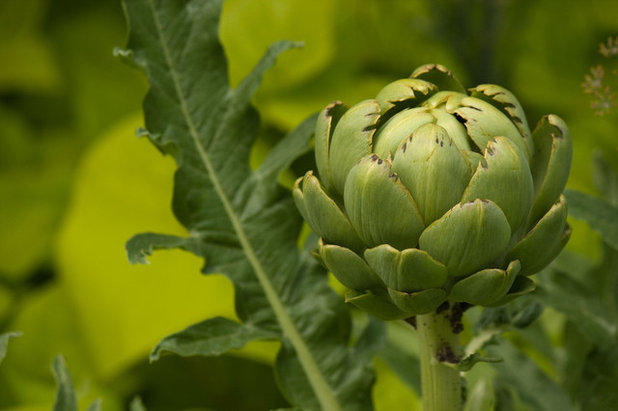
The New York Botanical Garden
California. "Artichoke is best for eating in late winter and early spring along the foggy California coast," writes California garden editor Bill Marken. "Now is also a good time to start your own. Away from the coast, expect your chokes to make tough and dry eating, but the plant is, shall we say, an interesting addition to a vegetable garden or even a flower border. It grows into a striking, if sprawly, gray-green plant in one growing season."
Get his California February checklist
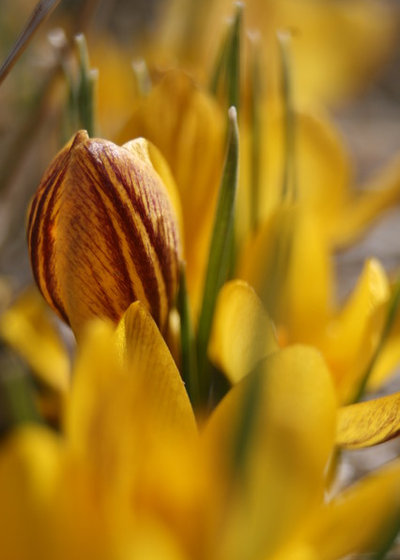
Benjamin Vogt / Monarch Gardens
Central Plains. "Watch for emerging blooms," writes garden consultant Benjamin Vogt. "Here in zone 5a, crocuses will be making an appearance at the end of the month. I have hundreds placed in my lawn. Did you plant any this fall? They'll spread slowly each year, eventually giving you a late-winter lawn your neighbors will envy. They're also one of the first pollen and nectar plants for insects who are ahead of the game."
Get his Central Plains February checklist
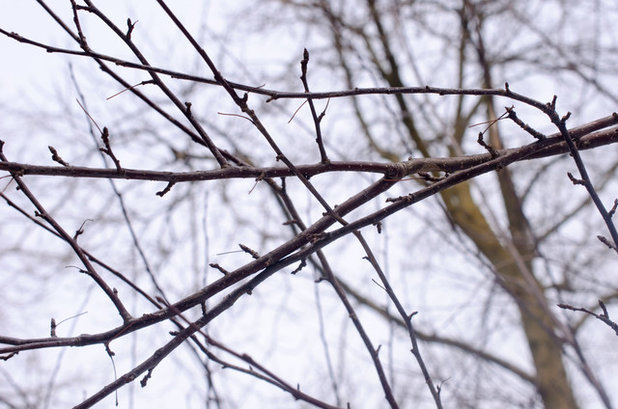
Barbara Pintozzi
Great Lakes. “Gardeners itching to do something out in the garden can sharpen up the pruners,” writes garden coach Barbara Pintozzi. “February is the ideal time to shape up dormant woody plants. Without foliage, the crossing branches of this crabapple tree (
Malus x ‘Prairiefire’) are plainly visible, making pruning much easier.”
Get her Great Lakes February checklist
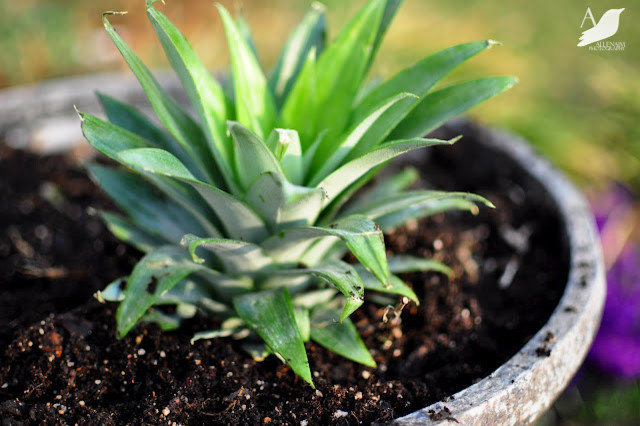
Amy Renea
Mid-Atlantic. "I like to plant in my pantry just about anything that crosses my path in winter," writes Amy Renea. "A favorite are the tops of pineapples! Chopped off like normal and planted, these pineapple heads will die off, then regrow into a pretty houseplant."
Get her Mid-Atlantic February checklist
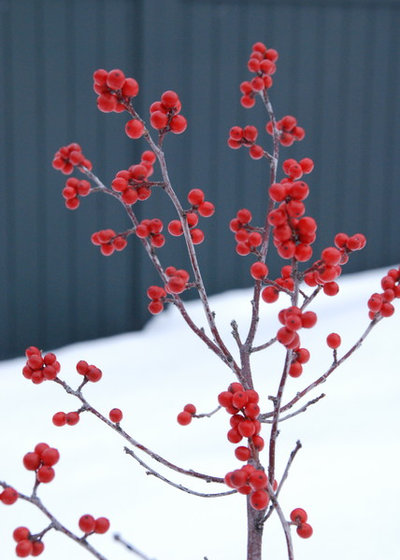
Paintbox Garden
Northeast. “Branches, bark and berries contrast with evergreens to give winter gardens visual punch,” writes Vermont landscape designer Charlotte Albers. “One of the very best plants to grow for wildlife and winter color is winterberry holly (
Ilex verticillata), a U.S. native that is greatly valued in the home landscape for its red berries.”
Get her Northeast February checklist
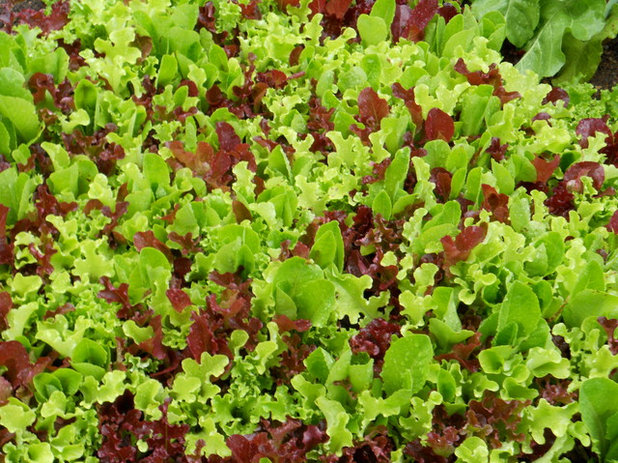
Paintbox Garden
Pacific Northwest. "Salad greens are easy to start now in an unheated greenhouse, with a layer of row cover for protection on especially frosty nights or under hoops outside," says Washington container garden designer Karen Chapman. "These greens make a great cut-and-come-again crop and taste so much better when they go from garden to table in just minutes."
Get her Pacific Northwest February checklist
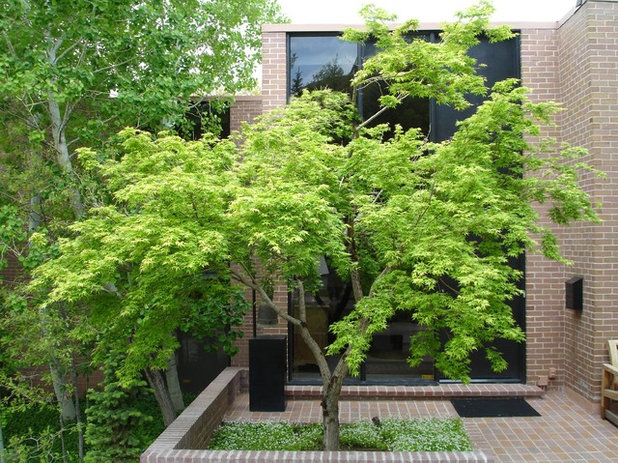
Pendleton Design Management
Rocky Mountains. "Prune deciduous trees and shrubs now while it's easy to see the branching structure," advises Colorado landscape designer Jocelyn H. Chilvers. "Remove any dead or diseased branches and any that are crossed. Lightly shape the plant form — only as needed — by cutting one branch at a time with the appropriate tool: loppers, pruners or saw."
Get her Rocky Mountains February checklist
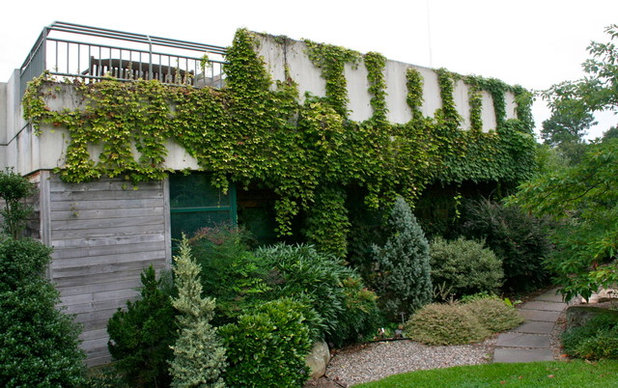
Gardening with Confidence®
Southeast. "If your vines have gotten out of hand, late winter is a good time to tame them," suggests North Carolina gardener Helen Yoest. "Cut back wisteria, Virginia creeper, ivy and Japanese honeysuckle."
Get her Southeast February checklist
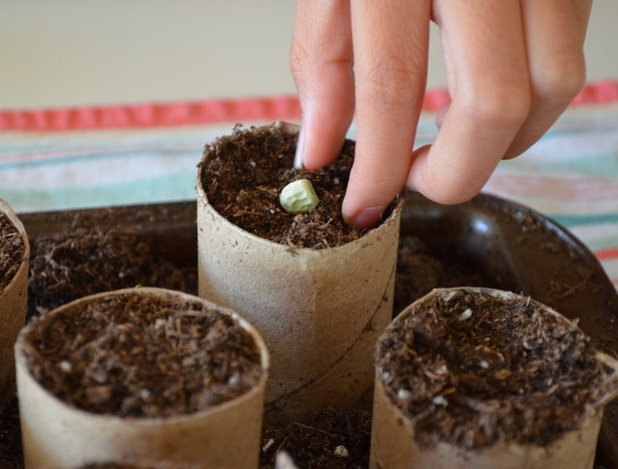
Noelle Johnson Landscape Consulting
Southwest. "Did you know that many household items make great containers to start seeds indoors?" asks horticulturalist Noelle Johnson. "Try using toilet paper rolls, cut in half, cardboard coffee sleeves or even eggshells. After the danger of frost has passed, simply plant your seedlings, biodegradable container and all, in the ground."
Get her Southwest February checklist
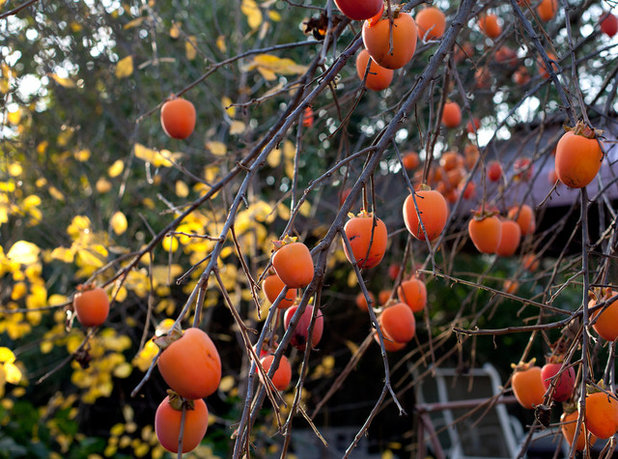 Texas.
Texas. "Establish fruit trees and plants," writes garden designer Jenny Peterson. "Blackberries, dewberries, grapes, figs, pears, persimmons, strawberries and pomegranates can all be planted now, but be sure to choose the varieties that are best suited for your particular area."
Get her Texas February checklist





